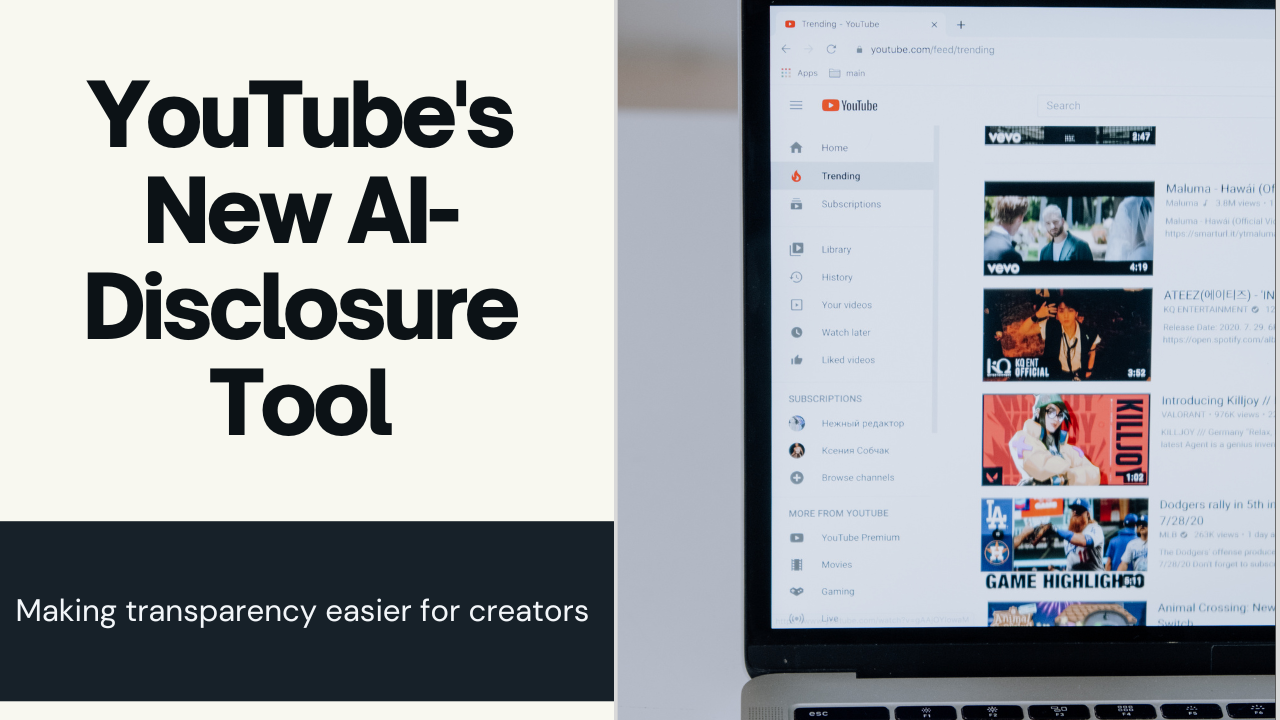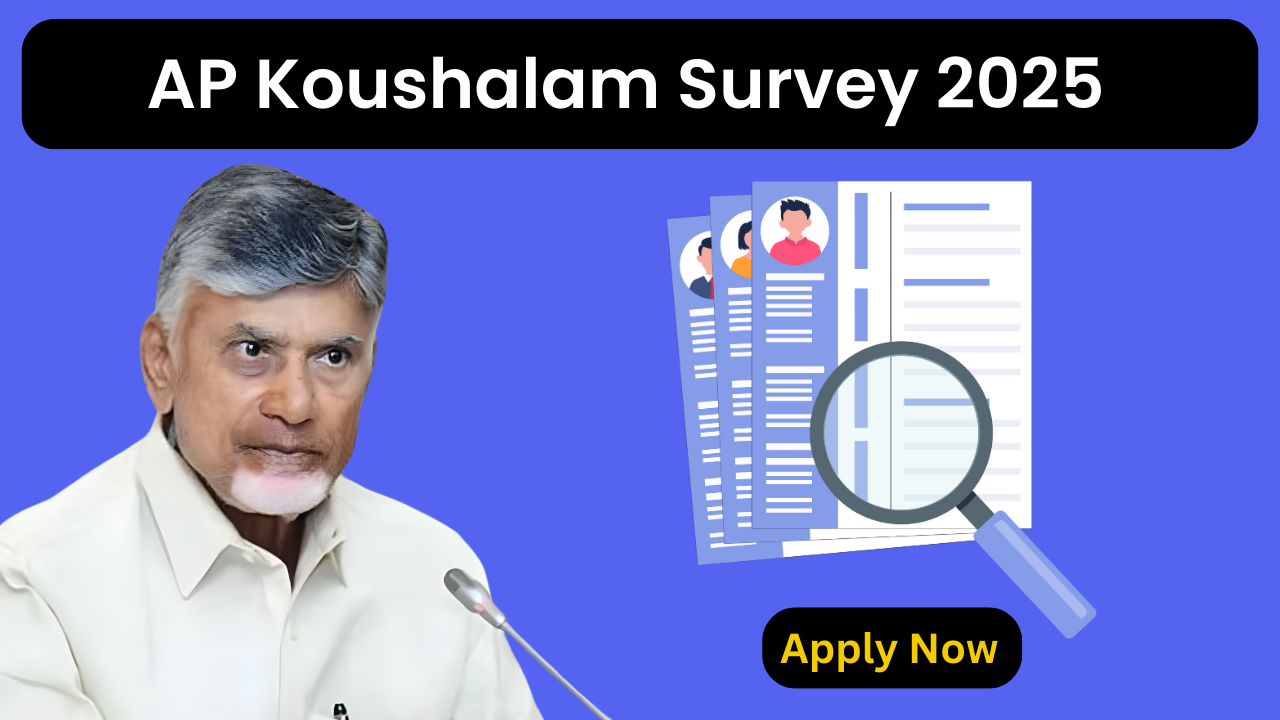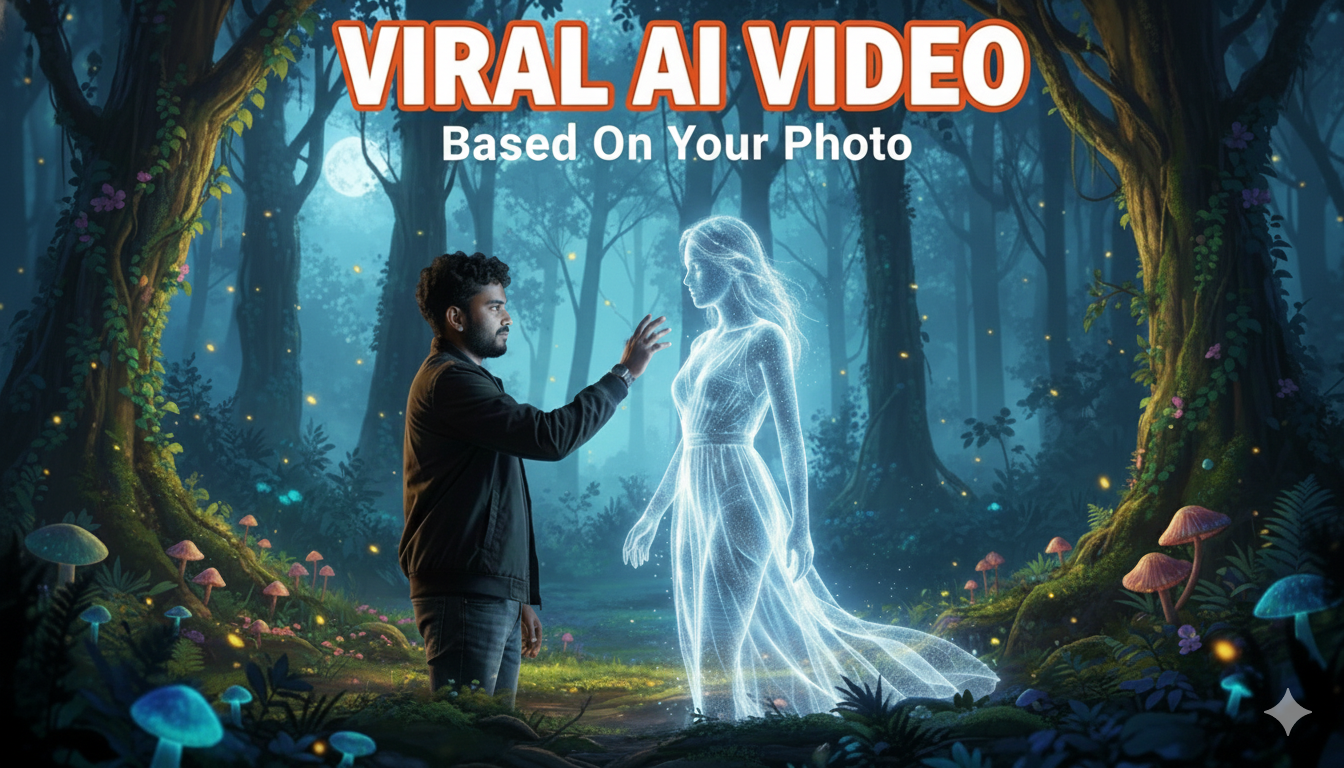Table of Contents
ToggleYouTube Implements Compulsory Disclosure for AI-Generated Content
On March 18, YouTube announced a new requirement for creators to disclose the use of artificial intelligence (AI) tools in generating realistic-looking content. This measure aims to enhance transparency surrounding AI-generated content, which has the potential to deceive viewers.
Creators will now be obligated to use a new tool within YouTube’s Creator Studio, starting immediately. YouTube Adds New AI-Disclosure Tool, This tool mandates disclosure when content could be easily mistaken for genuine, whether depicting people, locations, or events, and was produced using altered or synthetic media, including generative AI.
YouTube Adds New AI-Disclosure Tool, This tool mandates disclosure when content could be easily mistaken for genuine, whether depicting people, locations, or events, and was produced using altered or synthetic media, including generative AI.
This initiative follows YouTube’s initial announcement in November 2023, coinciding with the platform’s introduction of AI products for creators. The timing is significant, particularly with various countries, including India, gearing up for upcoming elections. In January, YouTube’s CEO reaffirmed the platform’s commitment to combat misinformation and deepfakes, stressing the need for vigilance in the face of potential manipulation.
YouTube Implements Mandatory Disclosure for AI-Generated Content
YouTube has announced a new policy that will require creators to disclose the use of AI in their videos, set to roll out in the coming weeks. This move aims to enhance transparency and build trust with viewers regarding the authenticity of content.
The disclosure tool, integrated into Creator Studio, enables creators to add labels indicating the use of AI in video creation. These labels will be visible either in the expanded video description or directly on the video player, depending on the sensitivity of the content. Videos covering topics such as health, news, elections, or finance will prominently display these labels on the video itself.
The requirement applies specifically to content where realistic depictions, such as altering faces, manipulating real events, or generating fictional scenes, could potentially mislead viewers. However, exceptions are made for content that is clearly unrealistic, animated, or utilizes generative AI for minor production assistance.
YouTube acknowledges the varied ways creators employ generative AI in their creative processes, such as generating scripts or automatic captions, and exempts these uses from disclosure requirements. Additionally, inconsequential alterations in synthetic media do not necessitate disclosure.
Last year, YouTube introduced a suite of AI tools for creators, including generative AI for videos, mobile editing tools, AI-powered dubbing, and a music-finding assistant. Notably, Dream Screen allows creators to incorporate AI-generated backgrounds into YouTube Shorts videos, enhancing their visual appeal with minimal effort.
YouTube’s Disclosure Policy – What Content Requires Transparency?
YouTube’s new disclosure policy mandates creators to reveal their use of altered or synthetic media when producing realistic content that viewers could easily misinterpret as genuine individuals, locations, or occurrences.
As declared in November, these disclosures will manifest as labels appearing either in the expanded video description or directly on the video player.
Enhancing Transparency: YouTube’s Content Disclosure Requirements
To ensure transparency, YouTube now requires creators to disclose specific types of content. Here are examples of content that necessitate disclosure:
- Digitally altering a real person’s likeness.
- Modifying real events or locations in videos.
- Creating realistic scenes for fictional events.
However, YouTube exempts certain uses of AI from disclosure requirements, such as for productivity (e.g., creating scripts or captions) or for minor alterations that are clearly unrealistic.
Where will these disclosure labels appear? They will be visible across all YouTube platforms and formats. While most videos will display labels in the expanded description, those covering sensitive topics like health or news will feature more prominent labels directly on the video.
Implementation and enforcement of these disclosure measures will occur gradually. While YouTube aims to give creators time to adjust, they plan to enforce the requirements in the future. For creators who consistently fail to disclose, YouTube may add labels themselves, especially if the content risks confusing or misleading viewers.
YouTube is also updating its privacy process. This will allow individuals to request the removal of AI-generated or synthetic content that simulates identifiable individuals, including their faces or voices. More details on this process will be shared globally soon.
Furthermore, YouTube is actively collaborating with the industry to promote transparency in digital content. As a steering member of the Coalition for Content Provenance and Authenticity (C2PA), YouTube demonstrates its dedication to ensuring authenticity and transparency online.
The rollout of YouTube’s content disclosure tool will commence on the YouTube app, followed by desktop and TV platforms.
Also Read Funny Youtube Channel Names Idea
YouTube’s New Disclosure Labels: Enhancing Transparency and Trust
To enhance transparency and trust between creators and viewers, YouTube has introduced disclosure labels for certain types of content. These labels will be visible in the expanded description or directly on the video player.
Content that will require disclosure includes:
- Digital alterations to replace one person’s face with another’s.
- Synthetic generation of a person’s voice for narration.
- Alterations to footage of real events or places to depict them differently from reality.
- Generation of realistic scenes portraying fictional significant events.
Exceptions to disclosure include cases where generative AI is used for productivity purposes, such as generating scripts or automatic captions. Additionally, disclosure is not required for minor or unrealistic changes like color adjustments, lighting filters, special effects, or beauty filters.
The rollout of these labels will occur across all YouTube platforms and formats in the coming weeks, starting with the mobile app and expanding to desktop and TV. While creators will have time to adjust, YouTube may enforce disclosure measures in the future for consistent non-compliance.
In cases where altered or synthetic content could potentially confuse or mislead viewers, YouTube may add a label itself, regardless of whether the creator has disclosed it.
YouTube is also updating its privacy process to allow individuals to request the removal of AI-generated or synthetic content that mimics identifiable persons, including their faces or voices. More details on this process will be shared soon.
YouTube Implements Mandatory Disclosure for AI-Generated Content
YouTube has unveiled new measures to address the proliferation of artificial intelligence (AI)-generated content on its platform. In its latest move, YouTube is urging creators to disclose any alterations made to videos using AI tools. This initiative follows the platform’s update to its content policy in November 2023, aimed at fostering transparency regarding AI-generated videos.
In an official blog post on Monday, YouTube announced the rollout of a new tool requiring creators to disclose when their uploaded content has been significantly altered or synthetically generated to appear realistic. This disclosure process will be seamlessly integrated into the video-uploading workflow to facilitate compliance for creators.
The tool prompts creators to answer three key questions about their content: whether it features manipulated actions or statements from individuals, whether it alters footage of real events or locations, and whether it includes realistic scenes that did not occur. If any of these criteria are met, creators are required to mark ‘Yes’, prompting YouTube to automatically add a disclosure label to the video’s description.
The label, placed under a new section titled “How this content was made”, will inform viewers that the content contains altered or synthetic elements. This disclosure will apply to both long-format videos and Shorts, with Shorts receiving a more prominent tag above the channel name.
Initially, viewers will encounter these labels on the Android and iOS apps, with later expansion to the web interface and TV. For creators, the disclosure workflow will be accessible first on the web interface.
Failure to disclose AI-generated content will result in penalties from YouTube, including content removal and suspension from the YouTube Partner Programme. While YouTube is granting creators a grace period to familiarize themselves with these new requirements, it plans to implement stricter enforcement measures in the future.
YouTube’s emphasis on transparency and accountability regarding AI-generated content underscores its commitment to combatting deepfakes and ensuring a safer online environment. The platform had previously announced plans for disclosure tools and a mechanism for viewers to request the removal of AI-generated or altered content that portrays identifiable individuals. Additionally, measures were introduced to safeguard the content rights of music labels and artists.
YouTube Introduces Self-Labeling Tool for AI-Generated Content
YouTube has unveiled a new feature allowing creators to self-label videos containing AI-generated or synthetic material. This tool, integrated into the uploading and posting process, mandates disclosure of “altered or synthetic” content that appears realistic, such as manipulating real events or creating lifelike scenes that did not occur.
Creators must mark a checkbox during the uploading process to indicate the presence of AI-generated elements, which include making real individuals say or do things they did not, altering footage of actual events or places, or portraying realistic scenes that did not transpire. Notably, disclosures are not required for cosmetic enhancements like beauty filters, background blur effects, or obviously unrealistic content such as animation.
In November, YouTube outlined its policy on AI-generated content, establishing stricter rules for protecting music labels and artists and more lenient guidelines for other creators. As part of these rules, YouTube mandated disclosure of AI-generated material, with today’s announcement providing clarity on implementation.
While YouTube is investing in tools to detect AI-generated content, creators are expected to be honest about their video content. However, YouTube reserves the right to add AI disclosure labels to videos, particularly for content that may confuse or mislead viewers. Additionally, videos touching on sensitive topics like health, elections, or finance will feature more prominent disclosure labels.
YouTube also hinted at an updated privacy process to address concerns regarding AI-generated content. Although details on this process are forthcoming, it indicates the platform’s ongoing commitment to transparency and user privacy.
YouTube Introduces Mandatory Disclosure for Deepfake Videos and AI-Generated Content
YouTube has unveiled a new policy requiring creators to disclose the use of artificial intelligence (AI) in producing realistic content. This initiative aims to address concerns about deceptive synthetically generated videos as advancements in AI technology blur the line between authentic and counterfeit content.
Key Terms and Conditions:
- Creators must disclose digitally manipulated content that substitutes one person’s face with another’s or artificially generates a person’s voice for narration.
- Modifications to real events or locations, such as creating the illusion of a building on fire, must also be disclosed.
- Disclosure is required for the creation of realistic scenes portraying fictitious major incidents, like a tornado approaching an actual town.
Exempted Content:
- Clearly fantastical or animated content, such as individuals riding unicorns in imaginary worlds, does not require disclosure.
- Content using generative AI for production support, such as script creation or automatic captioning, is exempt.
Enforcement Actions:
- While disclosure is mandatory, YouTube may consider enforcement actions against creators who repeatedly fail to use labels.
- YouTube reserves the right to append labels itself if creators do not comply, particularly for content that could mislead viewers.
Insights:
- YouTube’s AI disclosure labels will be deployed across all platforms and formats in the coming weeks, starting with mobile apps and expanding to desktop and television apps.
- Most videos will display labels in the expanded description, with more conspicuous labels appearing on videos dealing with sensitive subjects like health or news to alert viewers to manipulated or synthetic content.
YouTube Requires Creators to Label AI-Generated Videos upon Upload
YouTube has implemented a new policy mandating creators to disclose the use of artificial intelligence (AI) in creating realistic-looking videos. Announced in a Monday blog post, the Creator Studio tool will prompt creators to label videos where content may be mistaken for real people, places, or events, particularly if generative AI tools were used.
Integrated into Creator Studio on both YouTube’s website and mobile apps, the AI confirmation labels will be visible in the expanded description or directly on the video player. Creators must indicate if the content involves making real individuals say or do things they didn’t, altering footage of actual events or locations, or fabricating realistic scenes that didn’t occur. For sensitive content, labels may even appear directly on the video.
The policy, initially introduced in November 2023, applies specifically to videos presenting realistic-looking content. Examples provided include using realistic likenesses of individuals, digitally replacing faces, altering real events or places, and generating realistic scenes depicting fictional major events.
However, the policy exempts videos featuring clearly fantastical or unrealistic content, such as animations or special effects like color adjustments and beauty filters. This distinction aims to ensure that viewers can discern between genuine and manipulated content, especially with concerns escalating ahead of significant events like the upcoming US presidential election.
YouTube Mandates Disclosure for AI-Generated Realistic Content
YouTube has announced a new requirement for creators to disclose when realistic content is produced using artificial intelligence (AI). This move, revealed on Monday, introduces a tool within Creator Studio that prompts creators to disclose if content, which viewers could mistake for real, was created using altered or synthetic media, including generative AI.
The aim of these disclosures is to safeguard users from being misled by synthetically created videos, especially as advanced generative AI tools blur the line between reality and fiction. This initiative aligns with concerns raised by experts regarding the potential risks posed by AI and deepfakes, particularly in the context of the upcoming U.S. presidential election.
The announcement builds upon YouTube’s commitment, outlined in November, to implement new AI policies.
According to YouTube, the new policy exempts clearly unrealistic or animated content, such as fantasy scenarios involving unicorns. Additionally, disclosure is not required for content where generative AI was used for production assistance, such as script generation or automatic captions.
Instead, the focus is on videos that utilize the likeness of realistic individuals. Creators must disclose instances where digital alterations replace one person’s face with another’s or synthetically generate a person’s voice for narration. Furthermore, disclosures are required for content that alters footage of real events or places, such as depicting a real building on fire, and for generating realistic scenes of fictional major events, like a tornado approaching a real town.
YouTube will implement the disclosure labels across all formats in the coming weeks, starting with the mobile app and expanding to desktop and TV. While most videos will feature labels in the expanded description, videos addressing sensitive topics like health or news will display more prominent labels directly on the video itself.
YouTube plans to enforce these disclosure requirements, considering measures for creators who consistently fail to use the labels. Additionally, the company may add labels to videos in certain cases where creators have not done so, particularly if the content could potentially confuse or mislead viewers.








2 thoughts on “WOW! YouTube Adds New AI-Disclosure Tool For Its Videos 2024”